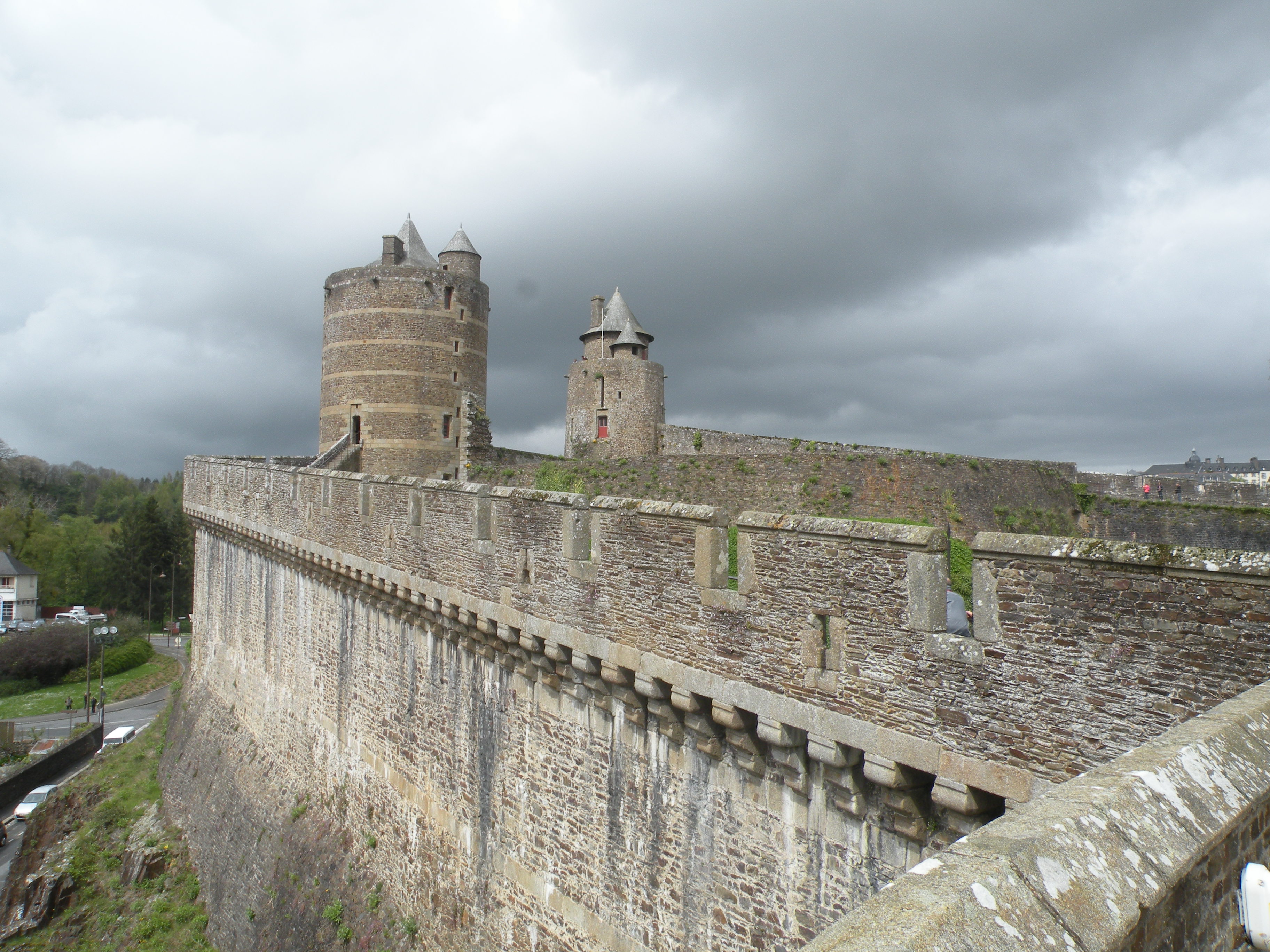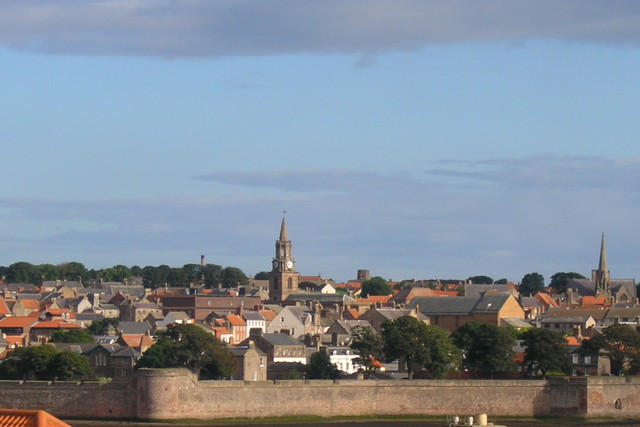Curtain wall (fortification) on:
[Wikipedia]
[Google]
[Amazon]
 A curtain wall is a defensive wall between two
A curtain wall is a defensive wall between two
 In medieval castles, the area surrounded by a curtain wall, with or without towers, is known as the bailey. The outermost walls with their integrated bastions and wall towers together make up the
In medieval castles, the area surrounded by a curtain wall, with or without towers, is known as the bailey. The outermost walls with their integrated bastions and wall towers together make up the
 The introduction of gunpowder made tall castle walls vulnerable to fire from heavy
The introduction of gunpowder made tall castle walls vulnerable to fire from heavy
 A curtain wall is a defensive wall between two
A curtain wall is a defensive wall between two fortified tower
A fortified tower (also defensive tower or castle tower or, in context, just tower) is one of the defensive structures used in fortifications, such as castles, along with curtain walls. Castle towers can have a variety of different shapes and fu ...
s or bastions of a castle, fortress
A fortification is a military construction or building designed for the defense of territories in warfare, and is also used to establish rule in a region during peacetime. The term is derived from Latin ''fortis'' ("strong") and ''facere'' ...
, or town.
Ancient fortifications
Evidence for curtain walls or a series of walls surrounding a town or fortress can be found in the historical sources from Assyria and Egypt. Some notable examples are ancient Tel Lachish in Israel and Buhen in Egypt. Curtain walls were built across Europe during theRoman Empire
The Roman Empire ( la, Imperium Romanum ; grc-gre, Βασιλεία τῶν Ῥωμαίων, Basileía tôn Rhōmaíōn) was the post-Roman Republic, Republican period of ancient Rome. As a polity, it included large territorial holdings aro ...
; the early 5th century Theodosian Walls
The Walls of Constantinople ( el, Τείχη της Κωνσταντινουπόλεως) are a series of defensive stone walls that have surrounded and protected the city of Constantinople (today Istanbul in Turkey) since its founding as the ...
of Constantinople
la, Constantinopolis ota, قسطنطينيه
, alternate_name = Byzantion (earlier Greek name), Nova Roma ("New Rome"), Miklagard/Miklagarth (Old Norse), Tsargrad ( Slavic), Qustantiniya (Arabic), Basileuousa ("Queen of Cities"), Megalopolis (" ...
influenced the builders of medieval castles many centuries later.
Curtain wall castles
enceinte
Enceinte (from Latin incinctus: girdled, surrounded) is a French term that refers to the "main defensive enclosure of a fortification". For a castle, this is the main defensive line of wall towers and curtain walls enclosing the position. For ...
or main defensive line enclosing the site.
In medieval designs of castle and town, the curtain walls were often built to a considerable height and were fronted by a ditch or moat to make assault difficult. Walls were topped with battlements which consisted of a parapet
A parapet is a barrier that is an extension of the wall at the edge of a roof, terrace, balcony, walkway or other structure. The word comes ultimately from the Italian ''parapetto'' (''parare'' 'to cover/defend' and ''petto'' 'chest/breast'). ...
, which was generally crenellated with merlons to protect the defenders and lower crenels or embrasures which allowed them to shoot from behind cover; merlons were sometimes pierced by loopholes or arrowslits for better protection. Behind the parapet was a wall walk from which the defenders could fight or move from one part of the castle to another. Larger curtain walls were provided with mural passages or galleries built into the thickness of the walls and provided with arrowslits. If an enemy reached the foot of the wall, they became difficult to see or shoot at directly, so some walls were fitted with a projecting wooden platform called a hoarding or brattice. Stone machicolations performed a similar function.Hull 2006, pp. 66-67
Early modern fortifications
 The introduction of gunpowder made tall castle walls vulnerable to fire from heavy
The introduction of gunpowder made tall castle walls vulnerable to fire from heavy cannon
A cannon is a large- caliber gun classified as a type of artillery, which usually launches a projectile using explosive chemical propellant. Gunpowder ("black powder") was the primary propellant before the invention of smokeless powder ...
, which prompted the '' trace italienne'' style from the 16th century. In these fortifications, the height of the curtain walls was reduced, and beyond the ditch, additional outworks such as ravelins and tenailles were added to protect the curtain walls from direct cannonading.
See also
* Bawn *Enceinte
Enceinte (from Latin incinctus: girdled, surrounded) is a French term that refers to the "main defensive enclosure of a fortification". For a castle, this is the main defensive line of wall towers and curtain walls enclosing the position. For ...
*Rampart
Rampart may refer to:
* Rampart (fortification), a defensive wall or bank around a castle, fort or settlement
Rampart may also refer to:
* "O'er the Ramparts We Watched" is a key line from " The Star-Spangled Banner", the national anthem of the ...
Notes
References
* * * * *External links
* Castle architecture Types of wall Fortification (architectural elements) {{architecture-stub